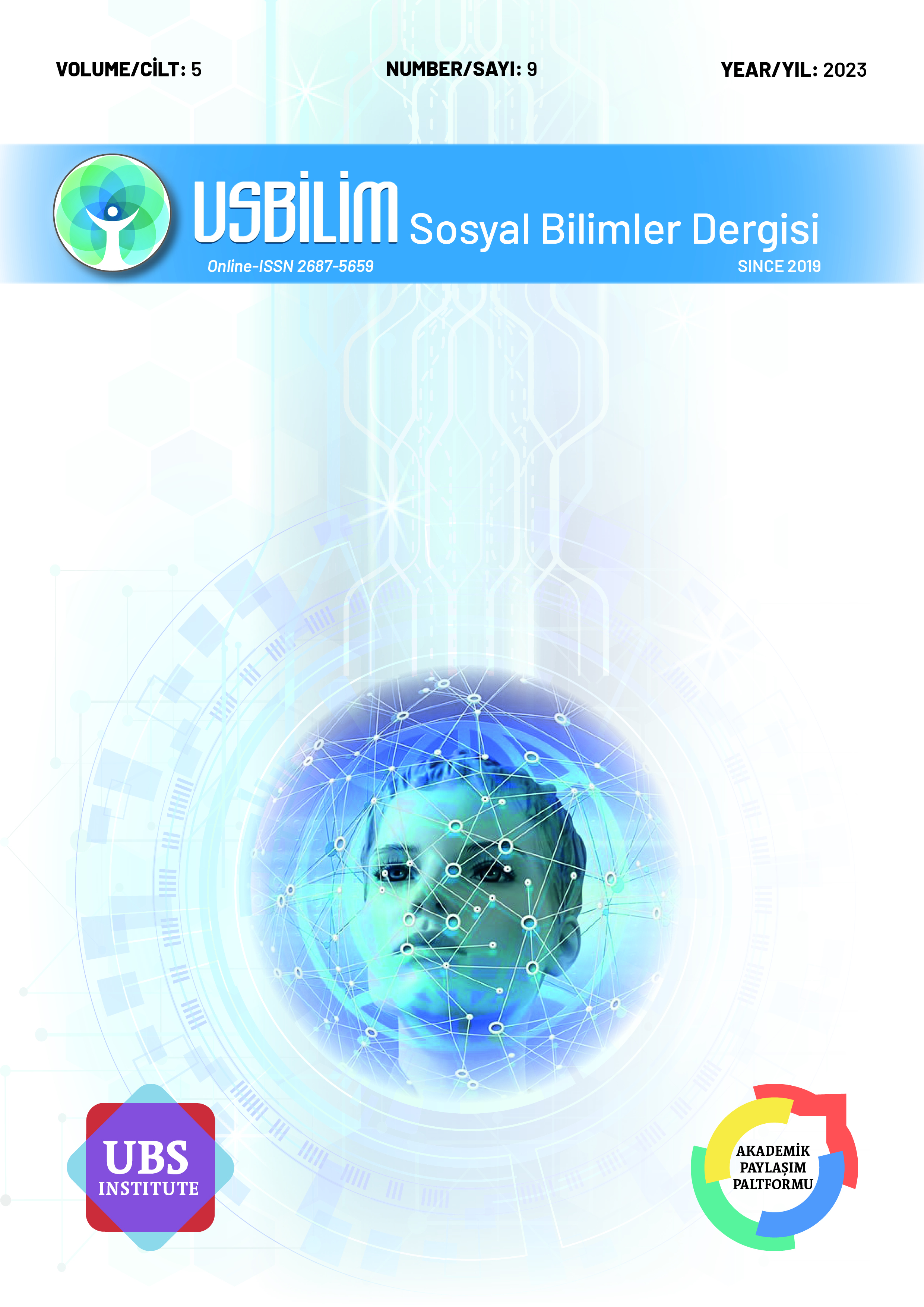LANGUAGE TEACHING IN KOREA, SINGAPORE AND AUSTRALIA
KORE, SİNGAPUR VE AVUSTRALYA’DA DİL ÖĞRETİMİ
DOI:
https://doi.org/10.5281/zenodo.17750209Anahtar Kelimeler:
Language Teachıng, Korea, Sıngapore, AustraliaÖzet
In the study, the education systems and language teaching systems of South Korea, Singapore and Australia were analysed. Since the research was designed with the literature review method, information about the general geographical structure of the countries examined in the process was given. Subsequently, explanations about how the education systems are. Finally, language teaching approaches are discussed.
In South Korea, one of the countries analysed in this study, kindergarten education covers the 3-5 age range and is not compulsory. Korea's education system is basically modelled on the American model. Primary school is six years, followed by three years of middle school and three years of high school. Students start school at the age of 7 and graduate at the age of 18. Primary and middle school are compulsory. High school education is not compulsory. However, almost everyone receives high school education. As in other countries, Korea has a mix of public and private schools. There are also high schools orientated towards certain fields. Foreign languages and arts schools, vocational schools are examples.
In Singapore, one of the countries covered in the study, a 3-year pre-school education programme is implemented for children aged 3-6 years. In addition to English, which is accepted as the primary language, students also learn Malay, Tamil or Chinese as their mother tongue. Primary education consists of a 4-year "Foundation Stage" between Grades 1 and 4 and a 2-year "Orientation Stage" covering Grades 5 and 6. The general aim of primary school is to give pupils a good command of English, mother tongue and mathematics. At the end of 6th grade, they take the Primary School Leaving Examination (PSLE).
The education system in Australia, which is one of the countries considered within the scope of the research, starts with pre-school education and continues with primary and secondary education. This education period is 13 years in total. It is compulsory for children aged 6-15 to attend school and the compulsory education period is 10 years. Children usually start school at the age of 5. Students who have completed 10 years of compulsory education and want to have a profession without studying at university attend "State Vocational Training Institutions" or vocational high schools to receive vocational training. Students who finish high school can apply to universities or colleges according to the exam scores they receive.
Referanslar
Australian Curriculum Assessment and Reporting Authority. https://www.australiancurriculum.edu.au/, 11.12.2023.
Aydemir, Z. (2013). Kore dili öğretim programı. H.Yaman (Ed.), Dünyada Ana Dili Öğretimi-Program İncelemeleri- (497-541). Ankara: Pegem Akademi.
Bakioğlu, A. ve Göçmen. G. (2013). Singapur eğitim sistemi. Ayşen Bakioğlu (Ed.), Karşılaştırmalı eğitim yönetimi (127-155). Ankara: Nobel Akademik Yayıncılık.
Curdt-Christiansen, X. L. (2014). Planning for development or decline? education policy for chinese language in singapore. Critical Inquiry in Language Studies, 11(1), 1-26.
Dixon, L. Q. (2005). The bilingual education policy in singapore: implications for second language acquisition. Proceedings of the 4th International Symposium on Bilingualism, Ed. James Cohen, Kara T. McAlister, Kellie Rolstad, ve Jeff MacSwan, 625-635. Somerville, MA: Cascadilla Press.
Fouser, R. J. ve Koehler, R. (2014). Korean education. Korea. (10) 6, 4-13.
Huh, K. (2007). Understanding Korean Education. Korea: KYUNGHEE Information Printing.
Inciong, T. (2008). Basic education curriculum revisited: A look at the current content and reform. In 11th Governing Board Meeting of SEAMEO RETRAC, Institut Aminuddin Baki (IAB), Genting Highlands, Malaysia.
Kantaş, Z. (2013). Anadili öğretim programlarının temel özellikleri. Dünyada Anadili Öğretimi Program İncelemeleri. (Editör: H. Yaman). Ankara: Pegem A Akademi.
Nathan, J.M. 2001. Making ‘thinking schools’ meaningful: Creating thinking cultures. In Challenges facing the Singapore education system today, ed. J. Tan, S. Gopinathan and W.K. Ho, 35-49. Singapore: Prentice Hall.
Süğümlü, Ü. (2013). Anadili öğretim programlarının temel özellikleri. Dünyada Anadili Öğretimi Program İncelemeleri. (Editör: H. Yaman). Ankara: Pegem A Akademi.
Tan, C. (2008). Globalisation, the singapore state and educational reforms: towards performativity. Education, Knowledge and Economy, 2(2), 111-120.
Yaman, H. ve Göçen, G. (2014). Türkiye ve Singapur ana dili öğretimi programları üzerine karşılaştırmalı bir araştırma. Eğitimde Kuram ve Uygulama, 10(4), 783-806.
Yaman, H., İnce, B., Aydın E., Başoğlu, N., Demirtaş, T., Süğümlü, Ü., Kantaş, Z., & Aydemir, Z.(2013). Dünyada ana dili öğretimi program incelemeleri. Ankara: Pegem Yayınları.
İndir
Yayın Tarihi
Nasıl Atıf Yapılır
Sayı
Bölüm
Lisans
Telif Hakkı (c) 2024 Usbilim Sosyal Bilimler Dergisi

Bu çalışma Creative Commons Attribution 4.0 International License ile lisanslanmıştır.



